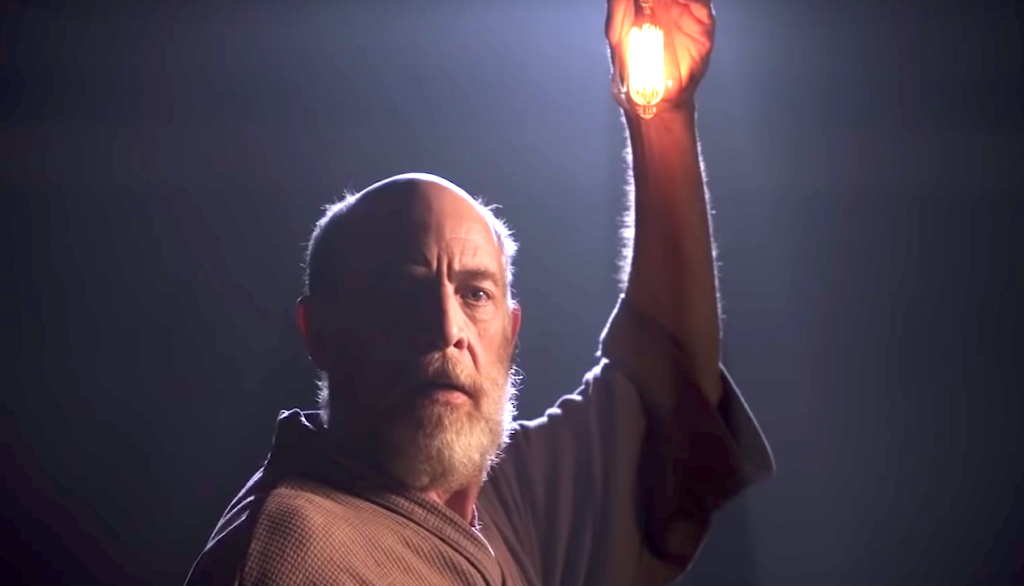Climax
by George Wolf
Hey, club kids, it’s a Gaspar Noe dance party!
For a while, anyway, but if that’s all you’re expecting from Climax, you don’t know your Noe.
2015’s Love showed the boundary pusher’s tender side via some graphic 3D porn. But now writer/director Noe is back in sensory-pummeling mode, pulling from his usual playbook for a balls-out psychedelic bacchanal soaked in body fluids, drugs and EDM.
After a mysterious opening mix of bloody snow angels and claims of “true events,” Noe showcases audition interviews for a French dance troupe before jumping ahead to the group’s transfixing final rehearsal.
Selva (Sofia Boutella) and the crew are ready for the show, so now it’s time to let off some steam as only they can. DJ Daddy (Kiddy Smile), drop some beats!
Noe’s usual reliance on extended takes, stationary cameras and overhead shots makes the dance sequences utterly intoxicating, the performers’ energy creating exciting visual beauty and a palpable exuberance for their art. These seductive odes to dance are interspersed with sometimes graphically sexual conversations between the dancers, sharpening character edges and laying down an interpersonal framework that will soon be turned on its head.
“What is wrong with you all?”
In what seems like an instant, suspicion, mob rule and primal desire overtakes the company. The dancers’ movements become monstrosities bathed in pulsating rhythms, visual disorientation, wanton violence and illicit sex.
What spurred this sea change, and who is to blame? Noe turns that mystery into a greater conversation about the opportunity of birth, the impossibility of life and the extraordinary experience of death, and as is his wont, batters your senses while doing it.
He is also again wearing his heart on his screen, with a stacked movie collection directly calling out influences from Possession to Suspiria. But Climax is unforgettably a Noe vision, one of his most concise, streamlined and clearly inspired.
It is 97 minutes of can’t-look-away intensity, a bold experience that may leave you asking “what just happened?” while you look for a nice place to lie down.
But oh, those dreams you’ll be having.









